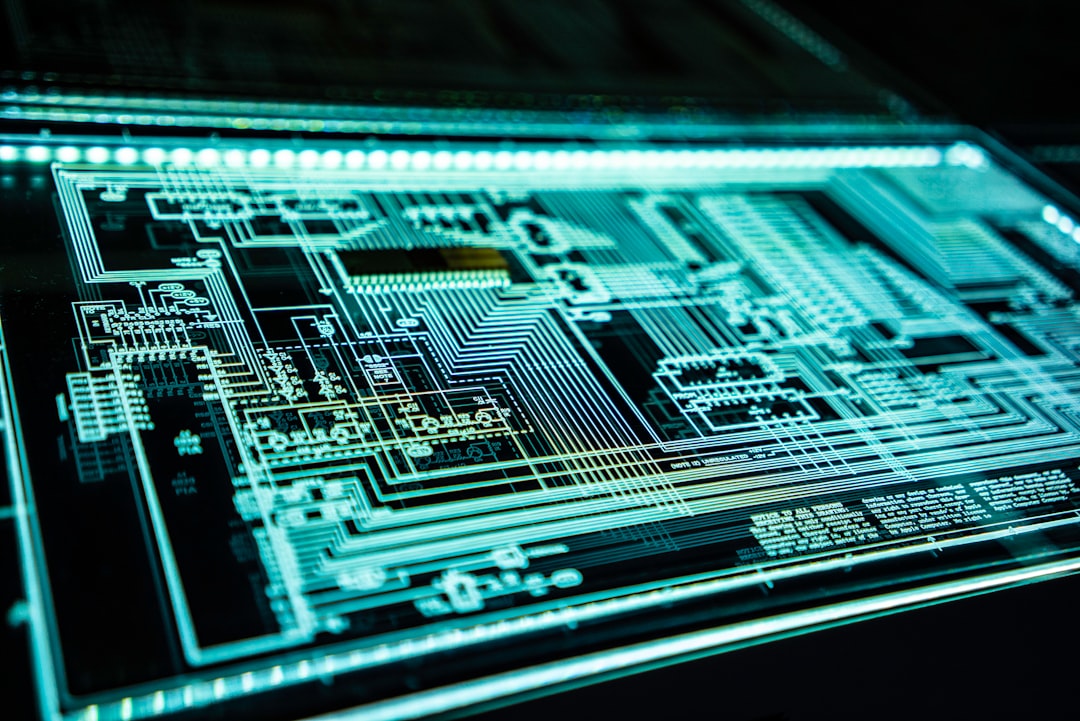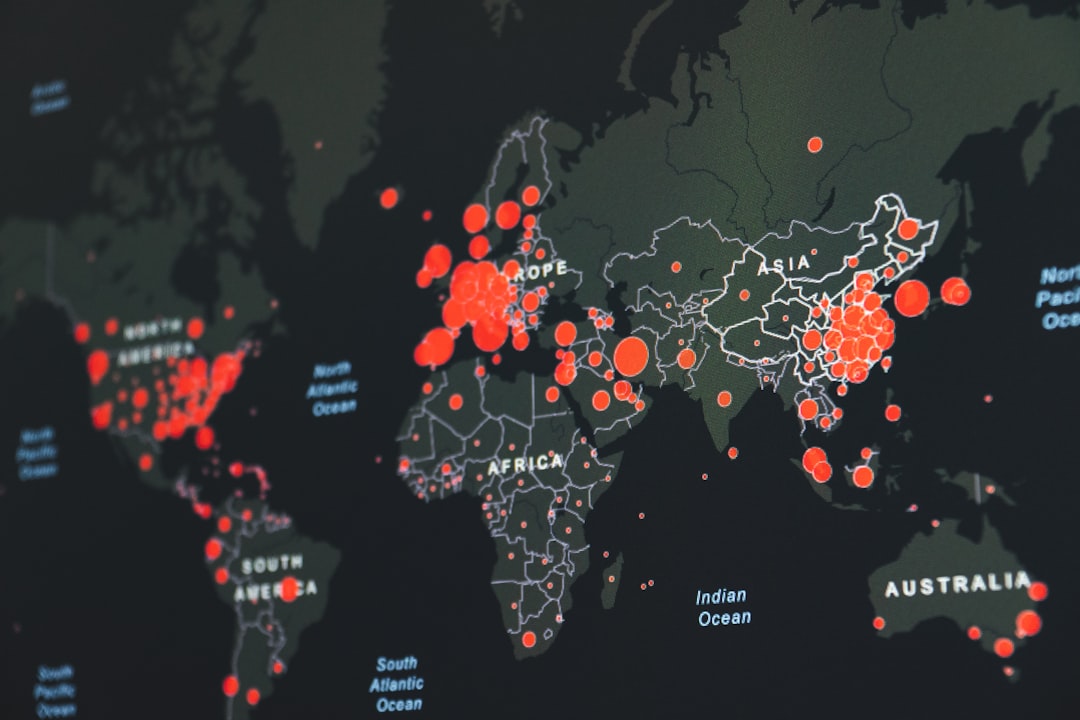What is it about?
We report on magnetic susceptibility, NMR, and EPR measurements of pristine and Fe-doped micro- and nanosized graphenes (LGr and NGr), prepared by a unique microwave enabled technique from graphite particles. Significant orbital diamagnetism in the studied compounds (∼70% of that of bulk graphite) is revealed. At T < 30 K, a weak paramagnetism due to edge π-electronic spin states is observed. Reduction on the lateral size of the graphene sheets results in the suppression of orbital diamagnetism and strengthening of the paramagnetic contribution due to an increased number of open edges in NGr. Significant acceleration of 13C nuclear spin–lattice relaxation under iron doping of both LGr and NGr samples is attributed to the interaction of nuclear spins with paramagnetic Fe ions and indicates that the latter are anchored to the graphene edges. The amount of Fe ions attached to the edges of NGr-Fe is ∼6.6 times higher than that of LGr-Fe. This finding reveals the noticeable capability of nanographene to fix Fe ions on its periphery terminated by various oxygen-containing groups and atomic hydrogen. Several schemes for such fixation are proposed.
Featured Image
Why is it important?
We report on magnetic susceptibility, NMR, and EPR measurements of pristine and Fe-doped micro- and nanosized graphenes (LGr and NGr), prepared by a unique microwave enabled technique from graphite particles. Significant orbital diamagnetism in the studied compounds (∼70% of that of bulk graphite) is revealed. At T < 30 K, a weak paramagnetism due to edge π-electronic spin states is observed. Reduction on the lateral size of the graphene sheets results in the suppression of orbital diamagnetism and strengthening of the paramagnetic contribution due to an increased number of open edges in NGr. Significant acceleration of 13C nuclear spin–lattice relaxation under iron doping of both LGr and NGr samples is attributed to the interaction of nuclear spins with paramagnetic Fe ions and indicates that the latter are anchored to the graphene edges. The amount of Fe ions attached to the edges of NGr-Fe is ∼6.6 times higher than that of LGr-Fe. This finding reveals the noticeable capability of nanographene to fix Fe ions on its periphery terminated by various oxygen-containing groups and atomic hydrogen. Several schemes for such fixation are proposed.
Read the Original
This page is a summary of: Structure and Magnetic Properties of Pristine and Fe-Doped Micro- and Nanographenes, The Journal of Physical Chemistry C, February 2016, American Chemical Society (ACS),
DOI: 10.1021/acs.jpcc.5b11732.
You can read the full text:
Contributors
The following have contributed to this page










